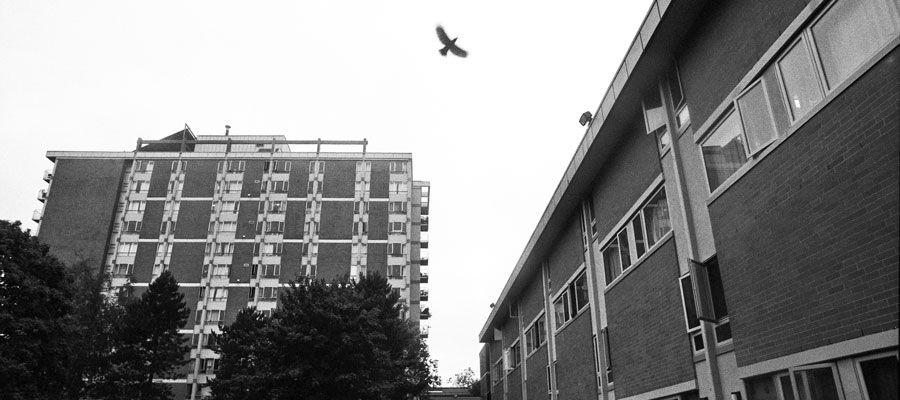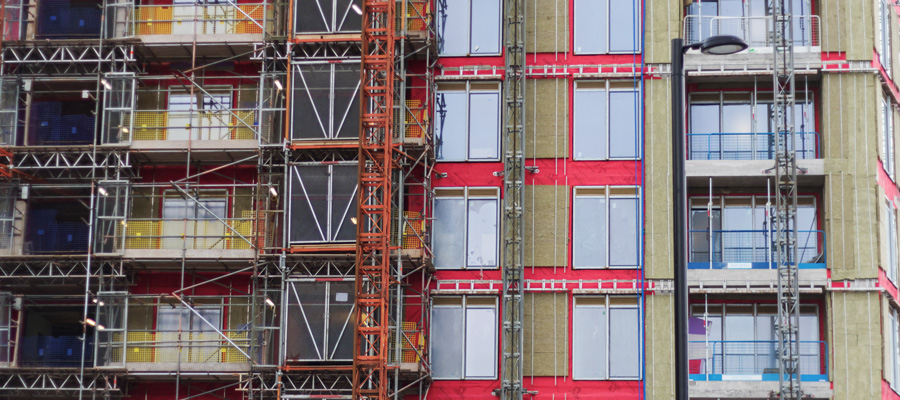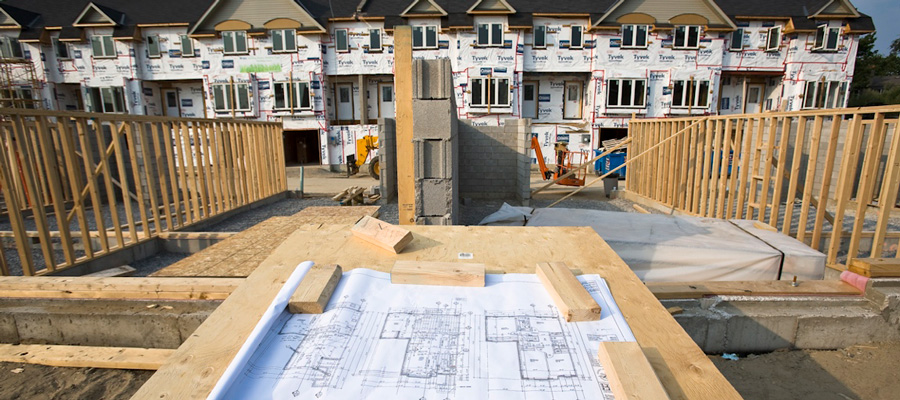Housing budget? Not so much.

It was supposed to be the housing budget, with action to address a top issue facing the province. Today’s banner headline from The Globe and Mail (“Balanced BC budget aims to cool hot real estate market”) implies that they did take concrete measures. But if you read the budget, there is not much there relative to the size of the problem.
The most significant budget item around housing was already announced last week, $355 million from sales of provincial land will go to support the development of 2,000 new units of affordable housing. That amount is over five years, and will be spread all around the province. Based on population share, expect about half of the units to be in Metro Vancouver, where housing affordability is the most acute.
While this is undoubtedly an improvement over doing nothing, up to 1993 the federal and provincial governments built about 2,000 units of social housing per year, and at a time when BC’s population was much smaller. After the feds dropped out of building new social housing in 1993, the BC government continued to build about 600 units per year until BC’s own fiscal hammer came down in 2002.
To put the new numbers in perspective, the waiting list for social housing in Metro Vancouver is more than 4,000 applicants. The BC Non-Profit Housing Association estimates that Metro needs 3,900-5,400 new rental units per year, just to keep up with population growth. At last count (2014), Metro Vancouver’s homeless population was 2,777. And those are just the needs in Metro Vancouver.
In the context of the full budget, BC’s projected surplus for the current (2015/16) fiscal year is $527 million. Large enough for the government to set aside $100 million into its gimmick Prosperity Fund, which was supposed to be funded by LNG riches. (Aside: in housing terms, this fund is like someone not paying down some extra money on their mortgage, and instead putting it into a savings account so that at some future date they can pay down the mortgage.)
Looking forward, the government projects surpluses topping $600 million in each of the next three fiscal years. So there is plenty of revenue available to support new construction of affordable housing, or even enhancements to its favoured housing policy, rental assistance. It’s just that the government does not actually care to do so.
Another way of looking at it is the windfall property transfer tax (PTT) revenue received by the BC government from a hot real estate market. The PTT will bring in $1.5 billion in 2015/16, up from around $800-900 million a few years back. If the government had simply dedicated the incremental revenue from the PTT to the development of new affordable housing, it would be larger than what’s been put on the table.
As for the PTT, the other housing news is a slight shift in its structure. At a cost of $75 million per year, sales of new homes under $750,000 will no longer pay PTT. Note that earlier this week, the federal Liberals introduced measures to cool overheated housing markets by requiring a larger minimum down-payment for homes between $500,000 and $1 million. The BC Liberals, on the other hand, seem content to add fuel to the fire with this PTT measure.
That exemption for new housing will be financed by a new PTT bracket of 3% of the value of a sold home over $2 million (i.e. if a home sells for $3 million, the last $1 million would pay 3% PTT instead of the previous 2%). This measure to make the property transfer tax more progressive is a step in the right direction, but a small one. Only about 7% of Metro Vancouver sales would be affected by the higher PTT, and it’s hard to see this doing much to cool the flows of global capital flowing into Vancouver’s market.
Contrast this to the United Kingdom, a place also struggling with overseas capital inflows that are exacerbating housing affordability problems. Reforms in 2014 made their PTT much more progressive, with brackets of 0%, 2%, 5%, 10% and topping out at 12% for properties more than 1.5 million pounds (about $3 million). There is an additional 3% tax across the board if it is not your principal residence. If you want to lean in to capital flows in a serious way, this is what that looks like.
The province has said it will start collecting data about foreign purchases, another small step. But there is already plenty of evidence that external capital flows are pushing the high end of the market into the stratosphere, with ripple effects across the region and well down the housing market. The BC government has repeatedly stated it has no interest in curbing those capital flows or anything else that would mean housing prices would come back down to levels that would be affordable for a regular working family.
The issue of affordable housing is not going away any time soon. Next month’s federal budget is widely anticipated to invest in affordable housing as “social infrastructure.” We will have to wait and see what it can deliver. There is strong public support for government interventions to address the issue, and there is a good case for next year’s provincial election to be contested around big ideas on affordable housing.
Topics: Housing & homelessness, Provincial budget & finance, Taxes



